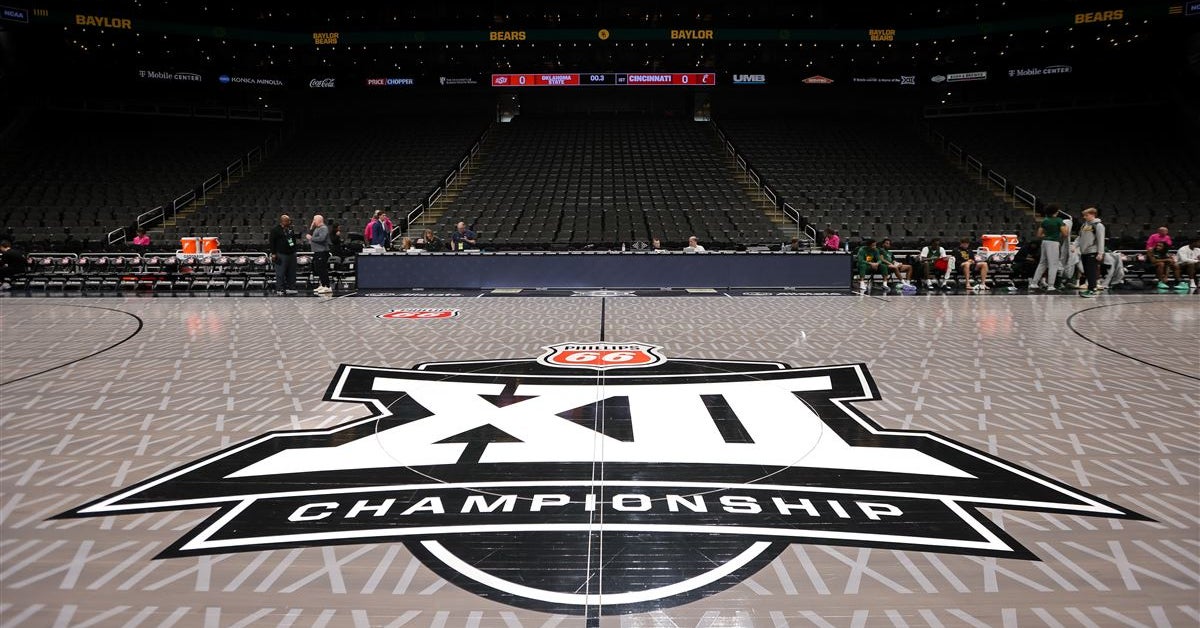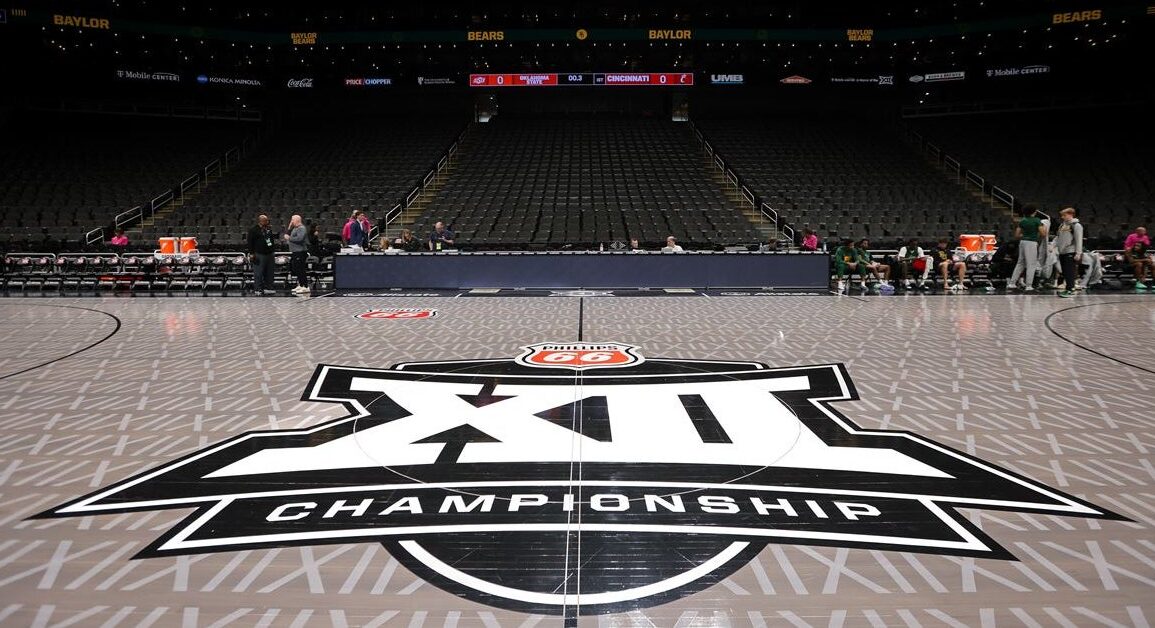
In the constant roster changing era of college basketball, coaches around the country voice the importance of roster continuity and returning production as a formula for winning big.
With more than 2,000 players entering the college basketball transfer portal this offseason, maintaining roster production is increasingly challenging for head coaches and general managers. Players, and their representatives, are often being back channeled towards large, seven-figure offers to enter the transfer portal and transfer to a certain school.
“The retention, for all of us, is so important,” Iowa State coach T.J. Otzelberger said to Jon Rothstein in the winter. “It’s going to define programs and their ability to be successful in the long term.”
Three of the four teams to compete in the 2025 Final Four – Houston, Florida and Auburn – all ranked inside the top 50 in Kenpom’s minutes continuity stat last season. Duke, the lone exception, was led by super star freshmen and likely NBA Draft lottery picks Cooper Flagg, Kon Knueppel and Khaman Maluach.
This offseason, the college basketball market exploded for players at rates never seen before. Bench players for quality high major programs are often times receiving at least $500,000 from their program with All-American level talents receiving as much as a reported $4 million. The going rate for most starters is at least $1 million, and in many cases closer to $2 million for a player who hits the open market.
Retaining talent, though, is a way for coaches, NIL executives and schools to roster players on a “bargain.” Going to the transfer portal allows a player’s market value to be established by multiple bidders going against each other. So when a player passes on the transfer portal, they could be passing on greater income in many cases.
With the transfer portal closed and most of the top players in the country already committed to schools across the country, here is a look at how much minutes continuity and points production each team in the Big 12 returns entering the 2025-26 season using available roster data via Bart Torvik and statistical information provided at College Basketball Reference.
This post was originally published on this site be sure to check out more of their content.



